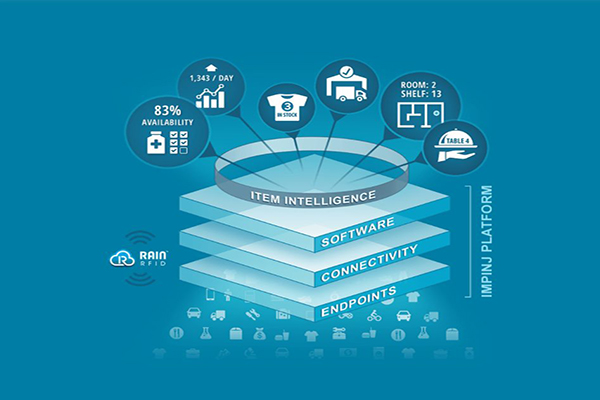Staying ahead of the curve is paramount in today’s highly competitive retail landscape. While boosting sales and enhancing customer satisfaction have always been top priorities for retailers, achieving these objectives has become increasingly challenging due to evolving consumer expectations and rising customer demands. Retailers rely on cutting-edge technologies to optimise their retail operations to thrive in this fast-paced environment. Among these, Item Level Intelligence (ILI) and Radio Frequency Identification (RFID) have emerged as game-changers in enhancing the customer experience and driving growth.
The recent advancements in hardware, software, and favourable unit economics have made this technology adoption more accessible to retailers of all sizes. ILI provides retailers with a deeper understanding of their inventory, including real-time stock levels, demand patterns, and consumer preferences. Fortunately, the integration of RFID handheld technology is revolutionising the stock check process, streamlining operations and improving inventory accuracy. With this knowledge, retailers can optimise inventory management, reduce stockouts, and eliminate overstocking issues. One of the most significant advantages of this technology is its ability to provide real-time visibility into inventory levels, enabling retailers to conduct inventory counts quickly and accurately.
To enable a seamless and efficient checkout process, retailers depend on RFID-enabled Point of Sale (POS) counters that allow multiple items with RFID tags to be scanned simultaneously, maintaining shorter wait times and elevating the overall shopping experience. It enables retailers to obtain comprehensive insights and information about each item to the point of sale. It allows businesses to track and analyse product data at the item level, which can be leveraged for data-driven decision-making, resulting in a more streamlined supply chain and increased efficiency and higher sales.
Accurate handling of incoming inventory is critical for maintaining streamlined operations. Traditionally, the inward process involved time-consuming carton box inspections using obsolete techniques, long working hours, and the need for additional workforce. However, with RFID technology integration, the inward process can be revolutionised, enabling quick and precise verification of carton contents, thereby eliminating manual inspection.
In today’s omnichannel retail environment, providing a seamless and enjoyable customer experience is non-negotiable. ILI and RFID play a significant role in meeting consumer expectations and driving satisfaction. By understanding individual customer preferences and buying behaviour, retailers can tailor promotions and offers to specific shoppers, increasing the likelihood of successful cross-sells and upsells.
Among the latest innovations, Point-of-Interaction (POI) Terminals, Interactive Dressing Rooms, RFID-enabled Self Checkout, and BOPIS Pickup are transforming the retail landscape and empowering customers like never before.
- POI Terminal: Empower Customers with Accurate In-Stock Information where they can effortlessly access inventory status, ensuring the availability of their favourite products before making a purchase decision.
- Interactive Dressing Room: RFID-Enabled Virtual Dressing Room Attendant supports with detailed product information, available sizes, and suggested coordinating pieces for outfits to address the needs of customers quickly
- RFID-Enabled Self Checkout: RFID tags on products allow for swift and accurate scanning, virtually eliminating manual barcode scanning errors and promoting reduced waiting times.
- BOPIS Pickup: Streamlined Order Retrieval for Ultimate Convenience: Customers are assigned a unique login or QR code upon placing an online order. Customers who arrive at the store for order pickup simply scan their code at a designated BOPIS station. This encourages repeat business, thereby building customer loyalty.
In conclusion, these innovative technologies are reshaping the retail landscape, placing the power of convenience and personalised service directly to the customers. As consumer expectations continue to rise, retailers harness technology’s power to deliver exceptional shopping experiences.















